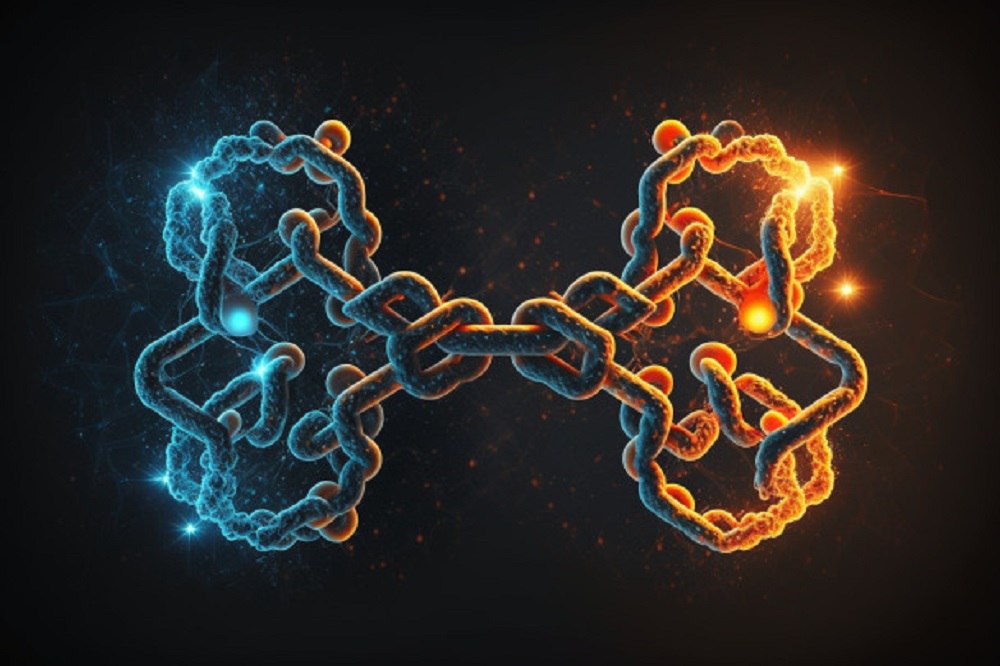Decentralized open-source software, also known as blockchains, is behind the development of cryptocurrencies like Bitcoin and Ethereum. Hence, a fork in the digital asset ecosystem refers to a change in the underlying blockchain protocol.
Thus, a blockchain fork represents an essential upgrade to a particular network which can mean a fundamental difference or a slight one initiated by developers. Moreover, a fork requires the input of node operators to help validate transactions and update the blockchain to the latest protocol version.
Additionally, every node comes with a copy of the blockchain, ensuring that newer transactions do not reverse their history. Meanwhile, a hard fork is an upgrade that can cause previous transactions to become valid or invalid while requiring all the node validators to scale up to the latest version.
That is, a hard fork is not backward-compatible. On the other hand, a soft fork is an update to the software that displays a backward-compatible feature that makes validators from the old version of the system view the latest version as valid.
Ultimately, the hard fork usually paves the way for a permanent change in how the validator sees a chain, as older ones are no longer compatible with newer versions. As a result, token holders on the old versions are offered new ones because they all share the same transaction history.
What Are Hard Forks?
A good grasp of blockchain technology will make understanding the hard fork seamless. A blockchain is a change produced from data blocks that functions as a digital ledger where new partnerships are only valid after validators have confirmed the old ones.
Blockchain data can be traced to the first transaction in a given network. This allows users to see the first block created on the Bitcoin network.
A hard fork is defined as a permanent change from a blockchain’s newer version, which leads to the separation of the blockchain. This change becomes necessary because some nodes are no longer required to work in the consensus where two network versions are powered separately.
It implies that a hard fork is built on a blockchain where one part follows the previous guidelines while the other follows a new set of rules. As a result, the older version no longer sees, the more recent version as valid.
It is worth noting that hard forks are regarded as too risky due to the chain fragmentation that usually occurs. If a split happens between the miners who help secure the network and the nodes for validating transactions, the protocol will become less secure and prone to attacks.
Why Hard Fork Occurs
They happen in different forms, but the most important reason for their occurrence is that they are upgrades that help improve the security of a network due to the continuous evolution of blockchain technology. In addition, a hard fork can also happen by accident, also known as an accidental hard fork.
In most cases, these scenarios are quickly addressed, and those not part of the consensus with the primary protocol must comply with the leading network. According to observers, the Bitcoin blockchain has witnessed several accidental hard forks more than any other protocol.
However, they are quickly resolved without the public knowing about them.
The Differences
Developers often use hard forks to upgrade the underlying software behind a crypto asset. Conversely, soft forks are considered the safest alternative due to their backward compatibility. Moreover, a soft fork can also help expand the features and functions of a block which do not impact the rules a specific blockchain must follow.
They are also used to implement additional features at the programming stage of development. Meanwhile, some notable examples of hard forks include SegWit2x, Bitcoin Cash, The DAO Hack, and others.
